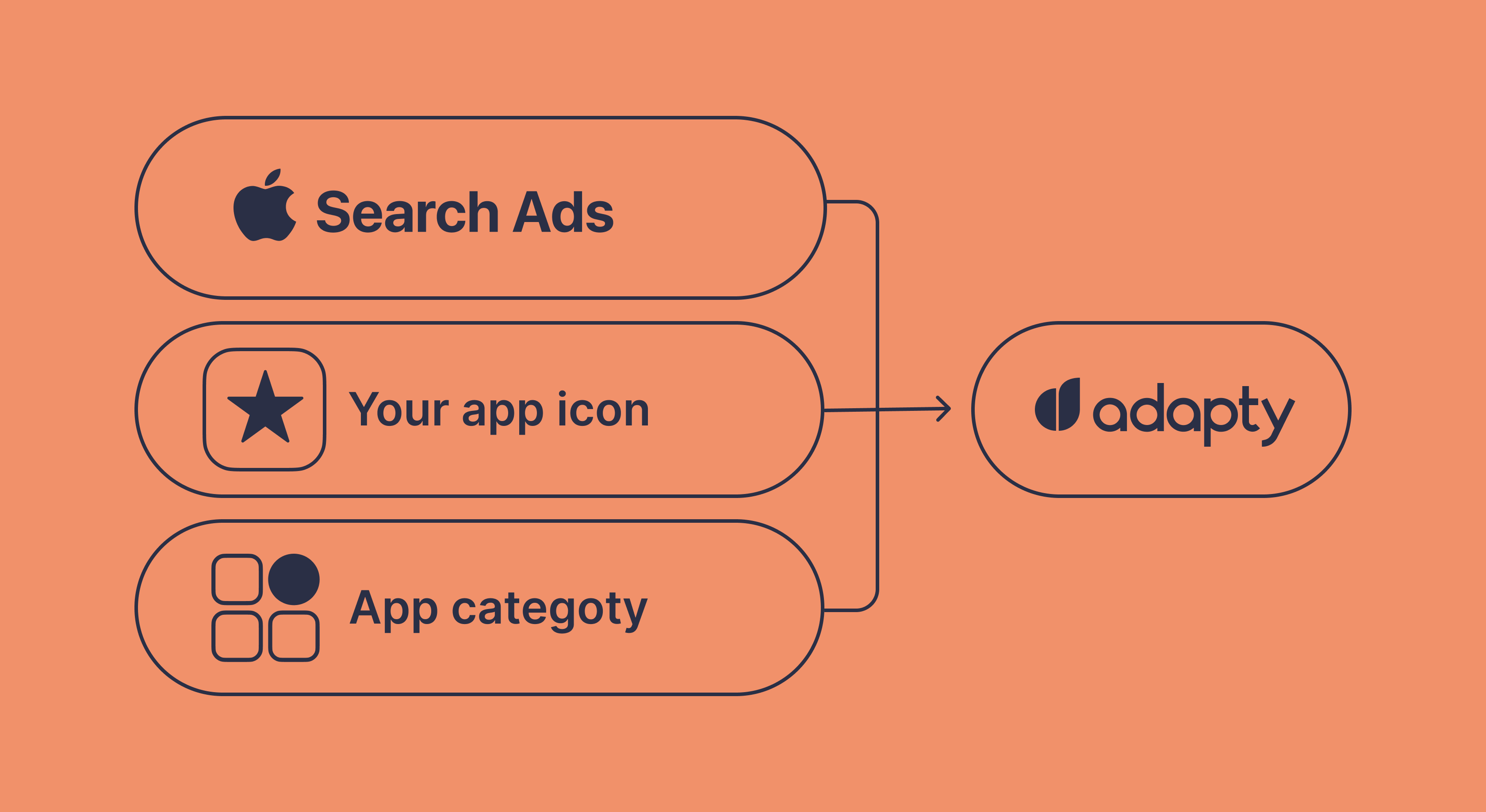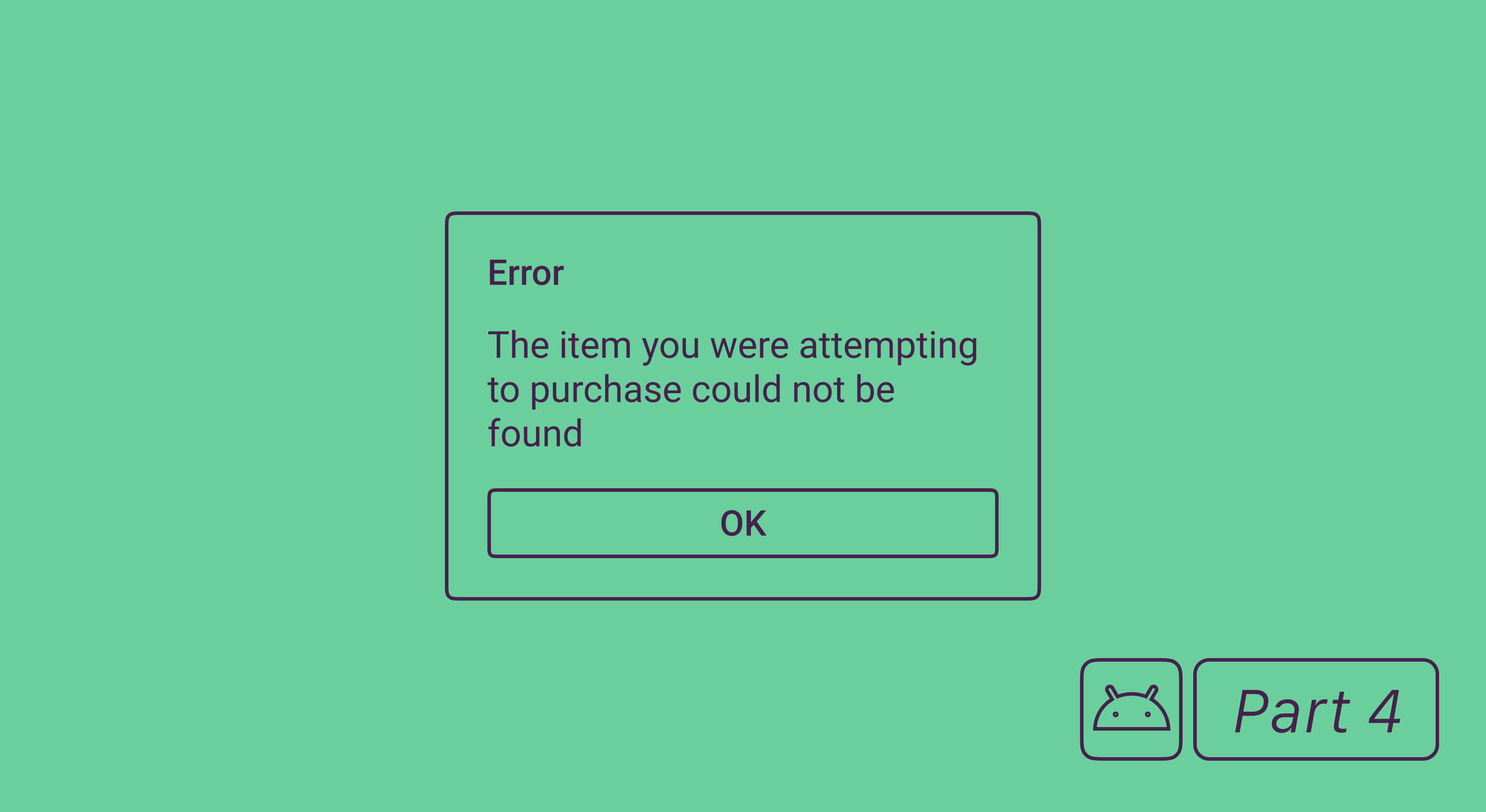5-step process for success in scaling paid UA

Updated: November 8, 2023
8 min read

Guest post by REPLUG
Merely including mobile app paid user acquisition within a holistic strategy isn’t sufficient. All the tracking complexities, increasing prices, and competition make it challenging for marketers to achieve their goals efficiently.
Paid UA is still a challenge unless we adopt a systematic and holistic approach and we work following processes in a way that we can better identify challenges and opportunities and take care of all details.
With Procework 2.0, we’re taking it to the next level by embracing change and innovation.
In this article, we will delve into a part of our 5-step Paid User Acquisition Process. We refer to it as “Procework” because it combines elements of a Process and a Framework. It can be of great help to any app marketer looking for guidance in paid ad campaigns and can help avoid big mistakes.
What is the paid UA procework?
REPLUG’s Paid User Acquisition Procework consists of five actionable phases that occur sequentially.
These phases are divided into vertical and horizontal tasks, and all activities are categorized based on their type: tasks related to campaigns, tasks related to creatives, and tasks involving technology or cross-functional areas.
That means you have a clear roadmap for each phase of your user acquisition journey.

Here’s a glimpse of what’s new:
- Structured activities: a series of precise questions for each phase to define the phase’s objective and actionable tasks. Activities are now grouped more strategically, including campaigns-related tasks, creatives-related tasks, and activities involving tech/cross area.
- Personalization: the 5-step process framework emphasizes personalized user journeys, ensuring your paid UA efforts resonate deeply with your target audience.
- Scalability: a roadmap for scaling your paid user acquisition efficiently and effectively, making it easier than ever to tap into your app’s full growth potential.
Who can benefit from the procework?
- Startups and new businesses – to start growing.
- Established brands – to scale even more.
- Traditional digital companies that want to start mobile transformation.
5 questions for each mobile app user acquisition phase
We’ve created a series of straightforward questions for every phase, which play a crucial role in determining the key objectives of the phase and the specific tasks that must be completed. Here, you can find the questions related to each of the paid user acquisition processes.
- Audit and setup
In every paid UA project, this phase is of paramount importance. Before committing any budget, regardless of the amount, it isn’t the best option to immediately start spending without assessing past actions and, more crucially, ensuring that you are adequately equipped to measure success.
Key questions: What previous activities have been undertaken? What types of past actions and messaging were employed? Is tech infrastructure prepared for measuring success?
- Strategy planning
After completing the audit phase and gaining a clear grasp of the current situation, you move into the stage where you strive to determine the most effective way to allocate the budget and reach the objectives.
Key questions: What is the primary objective for the paid UA activities? Who is the target audience, and what are the optimal channels to reach them? What messaging and creative strategy should you employ? What are the unique selling points of your app?
- Strategy implementation
Once the strategy is defined and approved, it’s time to put the actual campaigns into action. This phase is critical because factors like the campaign’s structure accuracy will determine your ability to measure success and scale the paid user acquisition efforts.
Key questions: What is the optimal campaign setup, and how do you measure success? How do you obtain the necessary creatives?
- Results analysis
With live campaigns, you can begin collecting initial data and start the analysis. This phase is vital for comprehending what succeeded in your initial strategy and for planning ahead.
Key questions: What are the primary results and the drivers behind those results? How are the creatives performing? Which channels, targeting methods, or creatives are delivering the best results?
- Optimization and testing
Following the initial results, it’s time to begin optimizing to achieve even better outcomes. This phase is often the most enjoyable as there are numerous opportunities to experiment in the mobile app paid user acquisition field.
Key questions: What can you test to enhance results? How can you optimize cross-functional activities? What specific optimizations are required within your ongoing activities? What new tests can you carry out?
Nevertheless, our efforts go beyond merely reflecting on a set of questions. As we’ve previously highlighted, specific tasks must be executed, and these tasks can be classified into various areas that typically remain consistent throughout all the phases.
2024 subscription benchmarks and insights
Get your free copy of our latest subscription report to stay ahead in 2024.
Unlock the guide to your procework
By posing the mentioned questions to yourself, you can pinpoint the main points for each area and understand the types of tasks that need to be carried out.
Our 5-step framework encompasses a set of tasks categorized by area. These areas remain consistent throughout each phase. The primary areas of tasks are as follows:
- Tech: comprising all activities related to the tech components required for executing paid UA campaigns, such as MMP (Mobile Measurement Partner) and analytics.
- Campaigns: encompassing all tasks associated with the strategy, management, and optimization of campaigns across various ad platforms.
- Creatives: covering all tasks related to the creative aspects of paid user acquisition.
- Cross-area: encompassing all tasks not directly tied to paid user acquisition but can positively influence results, such as App Store Optimization and Mobile CRM.

The approach to scaling paid UA has not changed, though, and the only way to scale paid UA is by adopting a holistic approach:
- Think holistically: you can’t just rely on paid UA. You must look at app growth in general, where all app marketing activities are linked together.
- Use frameworks: they help you understand how different app marketing activities are connected and can impact paid UA.
- Follow processes: they enable you to track progress in different areas and maintain a systemic approach to growth.
What are the next steps?
As mentioned, acquiring mobile app users as a stand-alone action is ineffective. You must also implement a systematic strategy and approach that will allow you to identify challenges and opportunities correctly.
It’s all about established planning, monitoring, testing, optimizing, and repeating the process. Which we refer to as the magical “Optimization Loop.” Each phase depends on the one before it, with the audit stage always acting as the starting point.
Nonetheless, it may appear complex at first, but it is not. It’s simply a matter of following the steps and paying attention to the small details.
Ready to unlock the power of Procework 2.0 and see the 5 phases in detail?
Dive deeper into the framework by downloading our ebook for free.
Recommended posts

Product-releases
January 13, 2022





